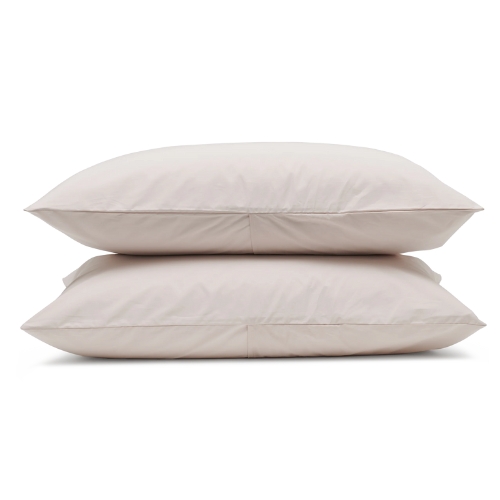Do You Have These 'Controversial' Pillowcases on Your Bed? 4 Styles That Divide the Crowd, and Whether Design Experts Actually Use Them
Zip closure pillows, envelope back, or lace embroidered — no pillow is safe in this round-up of the most debated pillowcase styles
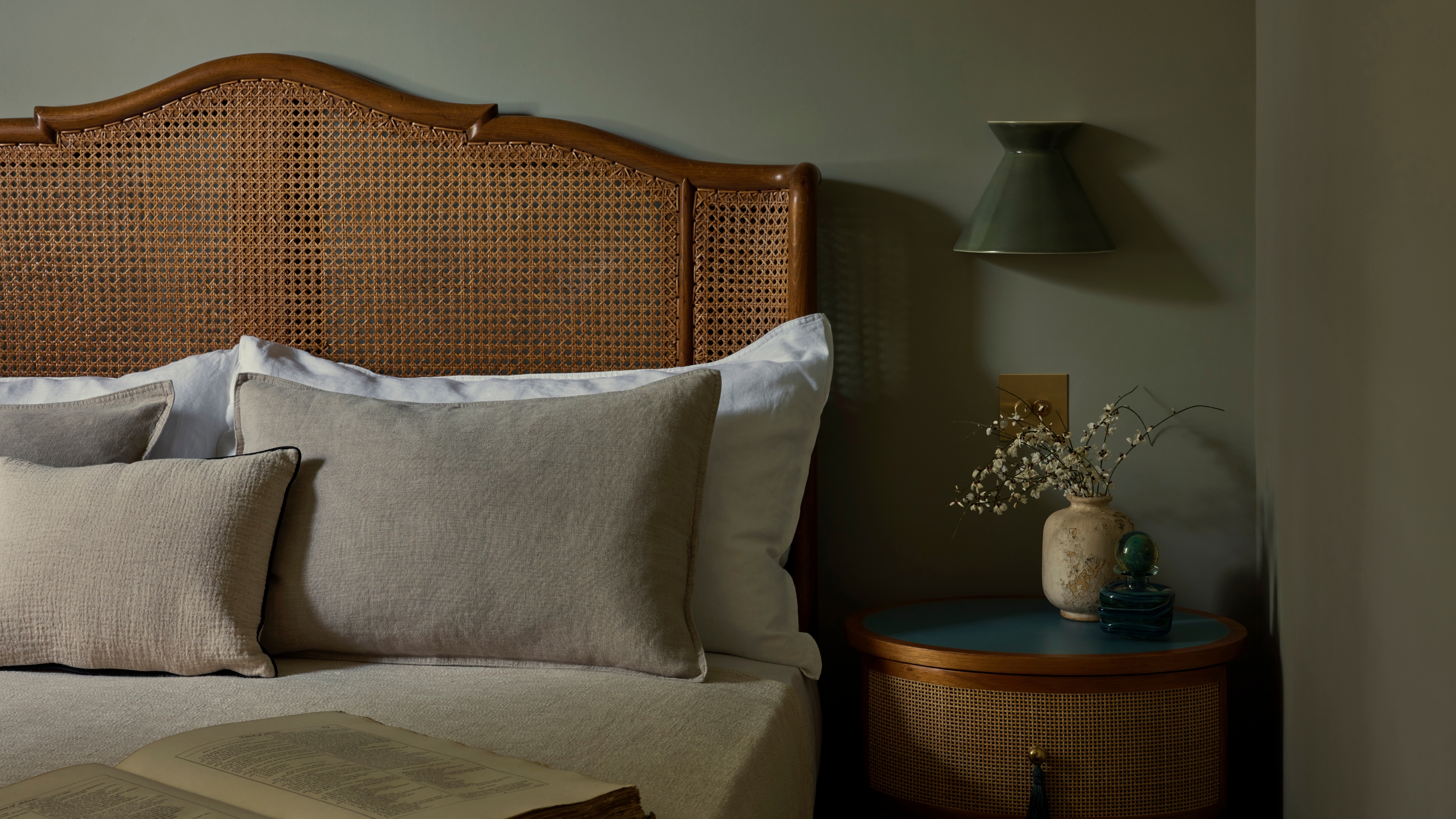

A pillowcase is a pillowcase, right? Well actually, this couldn't be further from the truth. As with all good things in design, it turns out there are some pillowcase styles that a far more controversial than others. So, is the one you reach for someone else's last resort? Let's find out.
Some people are drawn to the hotel-like sophistication of a sleek Oxford trim, while others enjoy the skincare benefits of a velvety smooth silk. But just like a pillowcase, there are two sides to everything.
To find out whether your pillowcase is keeping up with the latest bedding trends, or aging your bed faster than a bad night's sleep, we asked the design experts for the most controversial pillowcase types — here's the four they named.
1. The Oxford Pillowcase

This sophisticated yet relaxed bedroom shows that Oxford pillowcases don't have to be deemed as 'stuffy'. With the right styling, they feel timeless and cozy.
The Oxford pillowcase. Designers love it for its fitted, hotel-like look, but many people can't get past its fussy and formal nature. Out of all the pillowcase types, this is definitely the most polarizing.
Never heard of it? "The 'Oxford' fabric border pillowcase is a more decorative option with a pretty edging, usually ranging from 5-10cm, which adds a more classic style," says Emily and Jonathan Attwood, the husband-wife duo behind luxury sleep brand, Scooms.
But, without the right styling, this luxury appeal can often translate as 'stuffy'. These pillowcases also require an added level of maintenance to ensure the extra edge lays flat, and can often appear messy if not steamed beforehand. Urgh.
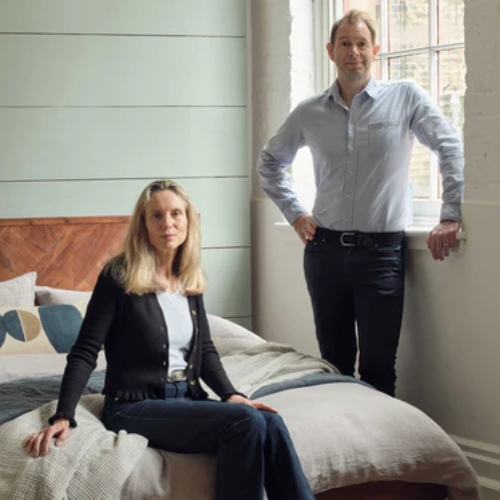
Emily and Jonathan are a husband and wife duo who started the UK and USA-based bedding company
However, despite my precautions against this controversial pillowcase style, I think I may have actually come around to it. Livingetc's interiors editor Emma Breislin owns a set; "Admittedly, I bought them because they were the last option on the shelf and I was hosting guests that night, but I've come to love the extra detail they add," she tells me.
The Livingetc newsletters are your inside source for what’s shaping interiors now - and what’s next. Discover trend forecasts, smart style ideas, and curated shopping inspiration that brings design to life. Subscribe today and stay ahead of the curve.
"And Lucy Williams likes them, too," she adds, showing me an excerpt of the effortlessly stylish content creator's 'Remotely' Substack where she lists oxford pillowcases as one of the things she finds most chic, adding: "And if they're ironed, too? Oof, that's fancy."
Could this controversial pillowcase actually be the answer to a hotel-worthy bed?
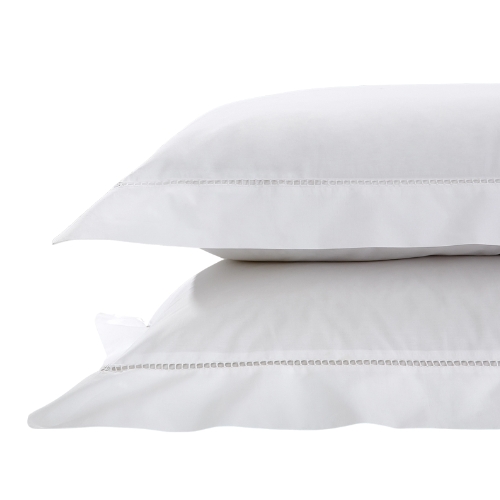
This style is a classic iteration of the Oxford design. The brand has named it the 'Santorini' case for good reason — the eyelet detailing and crisp white cotton would fit beautifully in a coastal bedroom aesthetic. If you are going to go Oxford, you might as well go all in.
2. Any Pillowcase With a Decorative Side
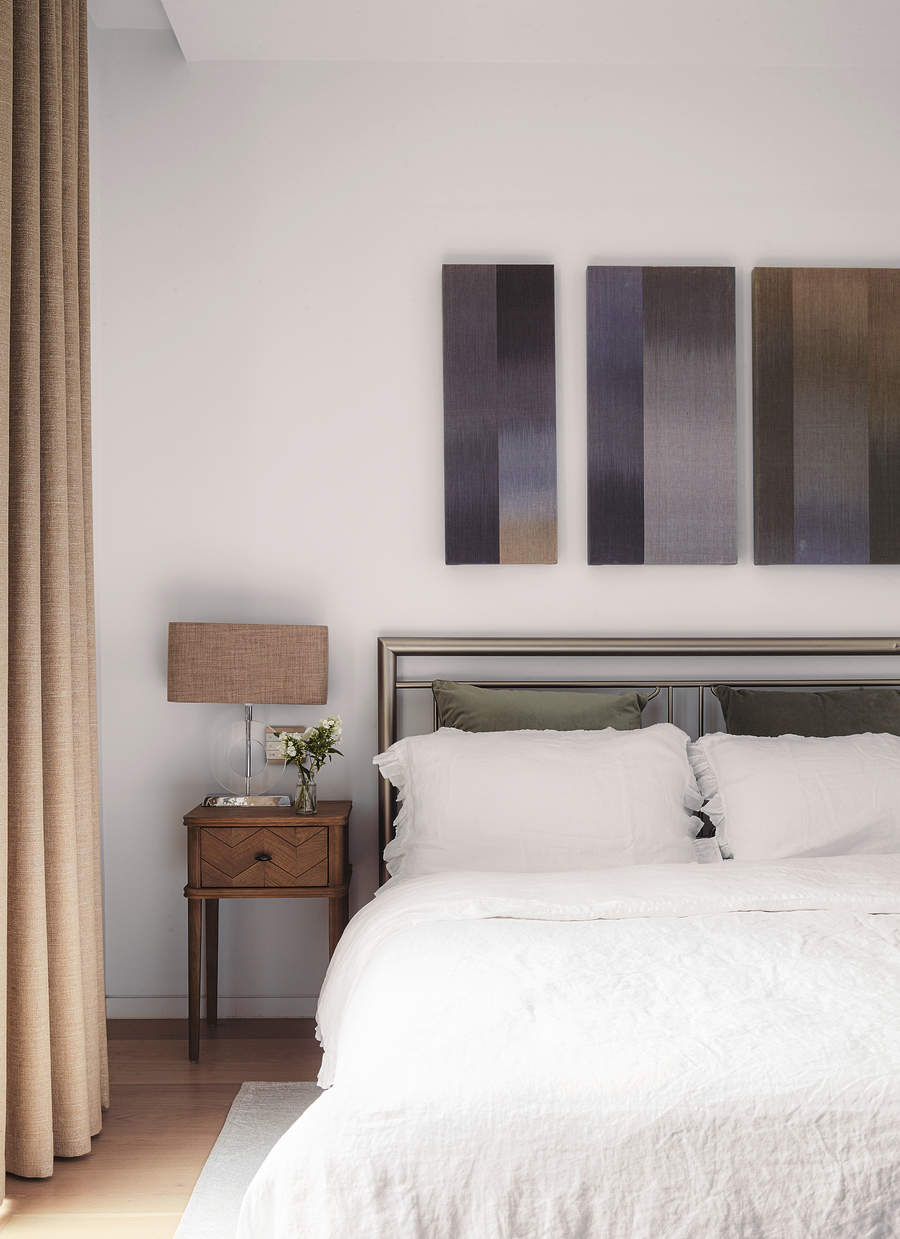
Ruffle bedding can be a great way to do decorative pillowcases without having to worry about uncomfortable textures like lace or beading.
Decorativly-trimmed or pillowcases with too much frill are another classic offender. I'll admit, they're on the top of my 'avoid-at-all-costs' list. And to clarify: any pillowcase with a lace trim, ruffles, or, dare I say, beads, falls under this category.
So what makes them so controversial? The biggest design flaw is that they can detract from the appearance and feel of a bed. Visually, they make a more minimalist bedroom appear cluttered and overwhelming. Not to mention, that edge of texture can be stiff and scratchy as well — not ideal sleeping conditions.
However, not all hope is lost, pillows with a decorative side can be great if you want to boost the aesthetic of your bedding set. "These pillows are better used for decoration than sleep," says Emily. "Though they won't be the most comfortable to sleep on, they will look great on the bed."
If your heart is set on a decorative edge, try opting for a softer, breathable material, like linen, to boost comfort while you're at it. And be prepared to find somewhere to store them while you sleep!
3. Zip-Close Pillowcase
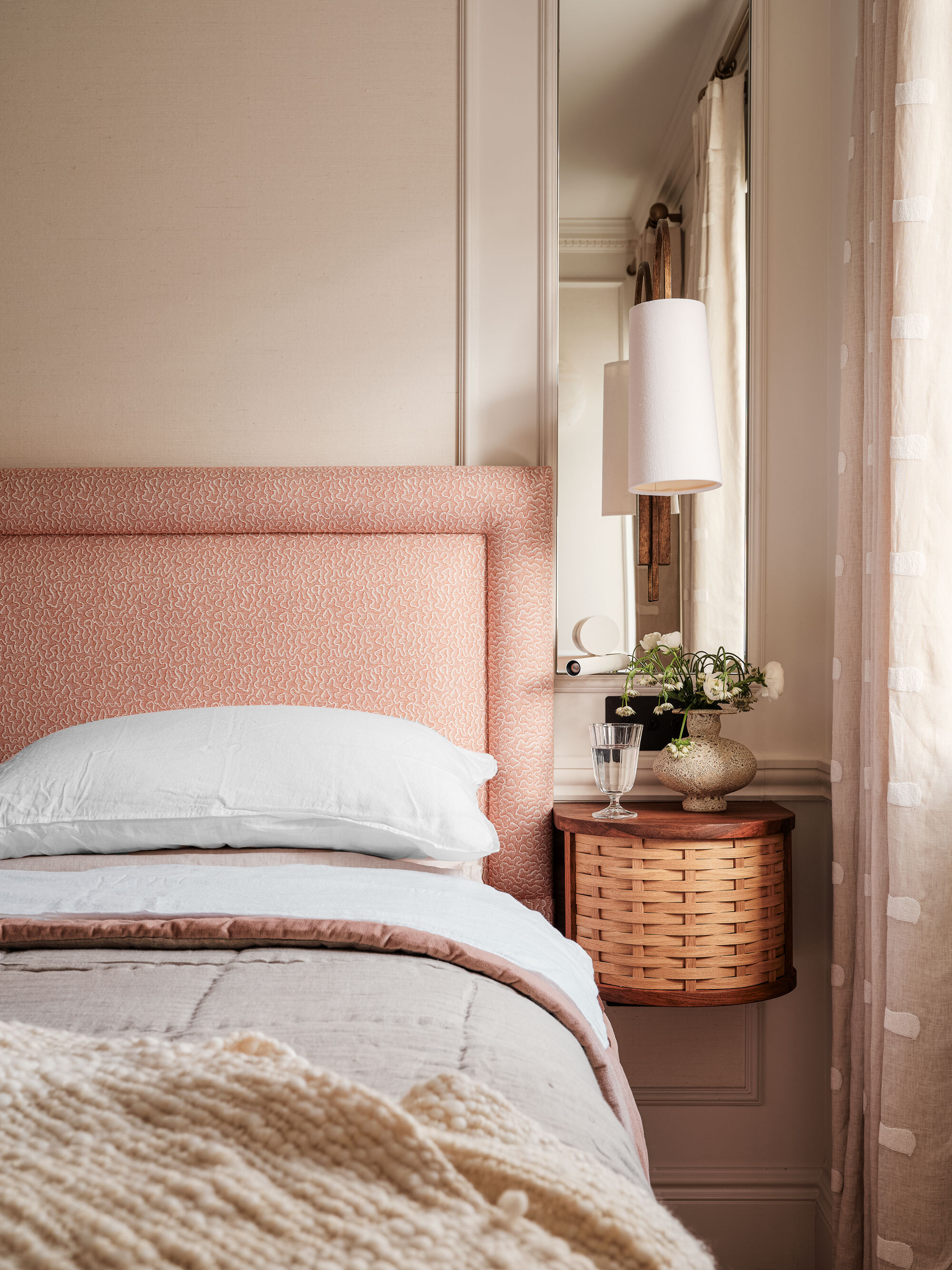
Depending on the kind of zip-closure pillow you choose, it can beautifully blend into the pillow piping instead of sticking out and disrupting your aesthetic.
But do Emily and Jonathan have a clear no-go when it comes to pillowcases? Of course. "For us, one of the most controversial pillowcase types is those with zip enclosures," they share.
Why? Well, zips are difficult to hide under material, ruining the aesthetics and clean lines of the pillowcase material. "What's more, if the zip is too large, then it can be felt whilst sleeping, which is a real irritant," says Jonathan.
Zips can also be a problem when washing pillows, as they can catch on other laundry items, potentially causing damage by pulling or tearing.
However, this doesn't have to be the end of the zip-close pillow case story. The silk pillowcase I use has a zip closure, and I love it because it keeps the pillow tight in its case. Once again, it simply comes down to what will best suit your sleeping experience.
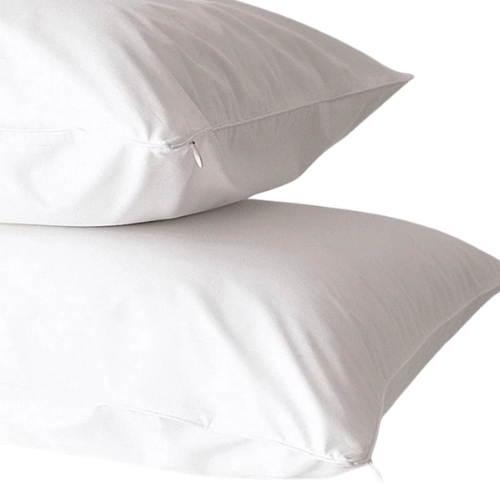
If you don't like the feel of sleeping on a zip-closure pillowcase, perhaps you can settle for a zip-closure pillow protector. Pillow protectors keep pillows looking and feeling as good as new for as long as possible. Zip-closures are much more common for this kind of product because once you put your actual pillowcase over it, the zipper is out of sight, out of mind.
4. Pillowcases with an Envelope Back
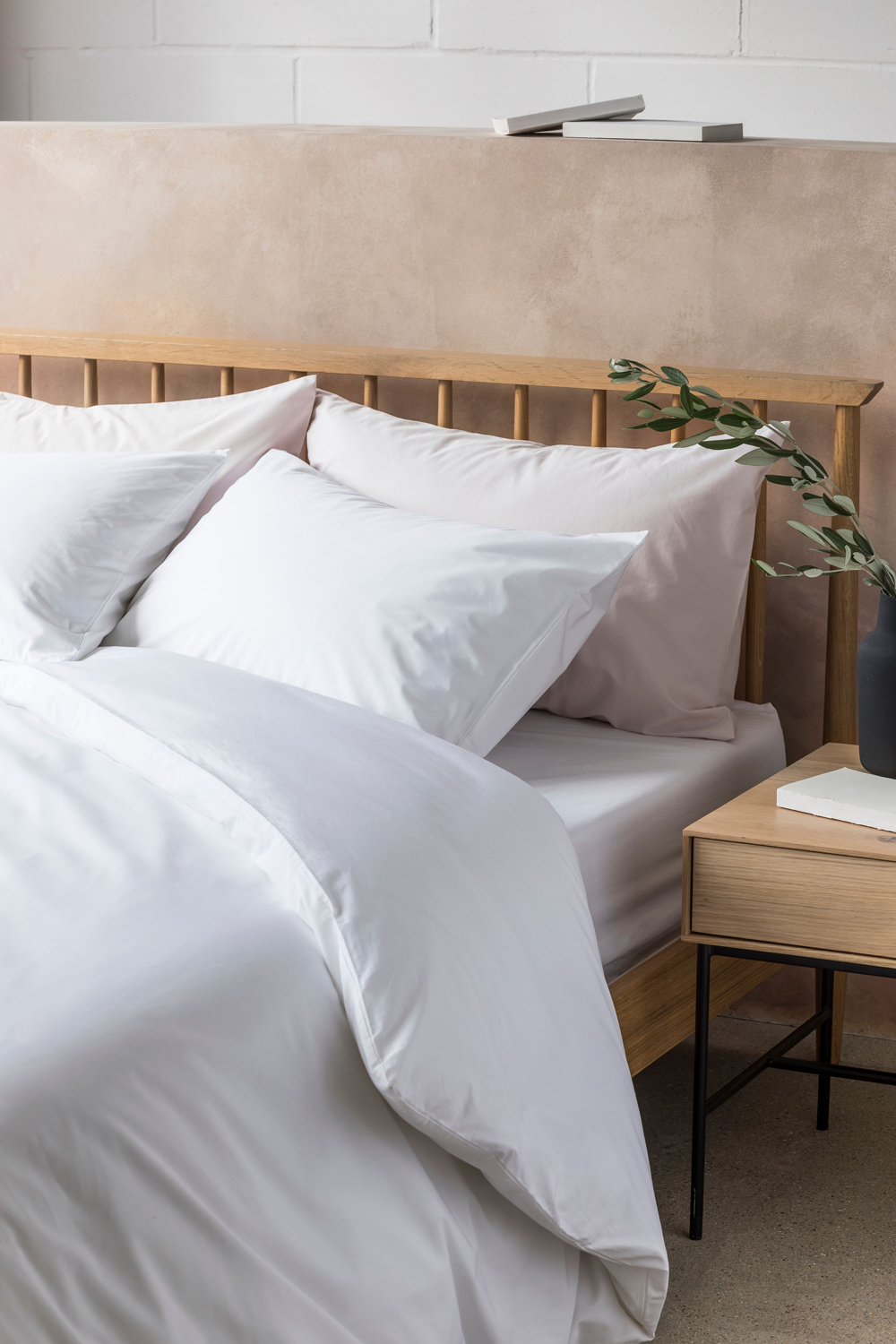
Though envelope-back pillows may be a pain to make the bed with, once styled they create a streamlined look in the bedroom.
Last but not least, we have the envelope back pillowcase — the ones that close in the center-back of the case. The main reason for controversy is the awkwardness of having to shove your pillow in from the center of the case. There is no easy way to do it, making it one that many people tend to avoid.
Emily and Jonathan agree, saying if they had to choose another least favorite it would have to be the envelope back style. "It can be difficult to fit a pillow into a pillowcase with a central opening, which is not ideal if you're changing your pillowcase once a week."
Also, if you're someone who turns their pillow over during the night to sleep on the other side, then the feeling of the line of the central flap can be rather uncomfortable.
The perk of these pillowcases though, is that they appear seamless and crisp when the bed is made. There is no flap in sight, and you won't have to worry about the pillow peaking out. See, there's always a flip side!
While there are plenty of controversial pillowcases to ruffle a few feathers, there are also plenty of pillowcases that you can't go wrong with.
Start by choosing the best bedding material for your sleep sanctuary, and the right pillowcase will follow suit.

Olivia Wolfe is a Design Writer at Livingetc. She recently graduated from University of the Arts London, London College of Communication with a Masters Degree in Arts and Lifestyle Journalism. In her previous experience, she has worked with multiple multimedia publications in both London and the United States covering a range of culture-related topics, with an expertise in art and design. At the weekends she can be found working on her oil paintings, reading, or antique shopping at one of London's many vintage markets.

